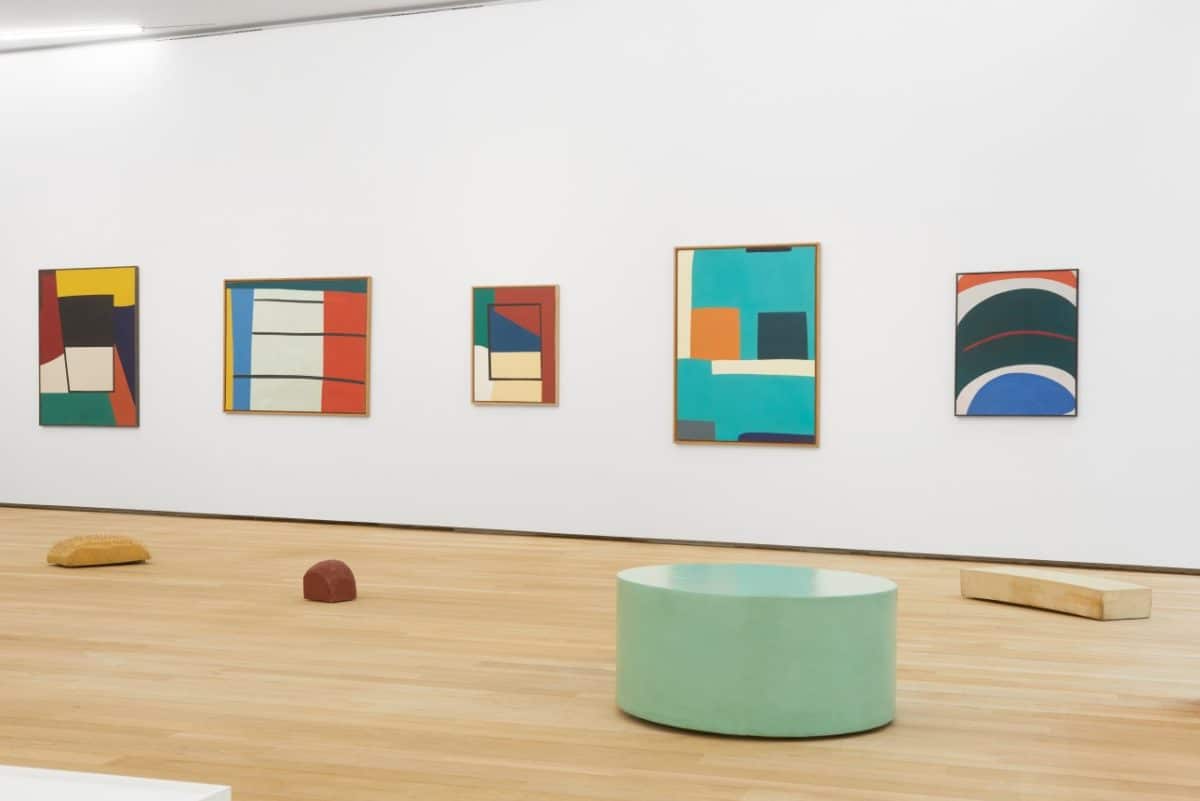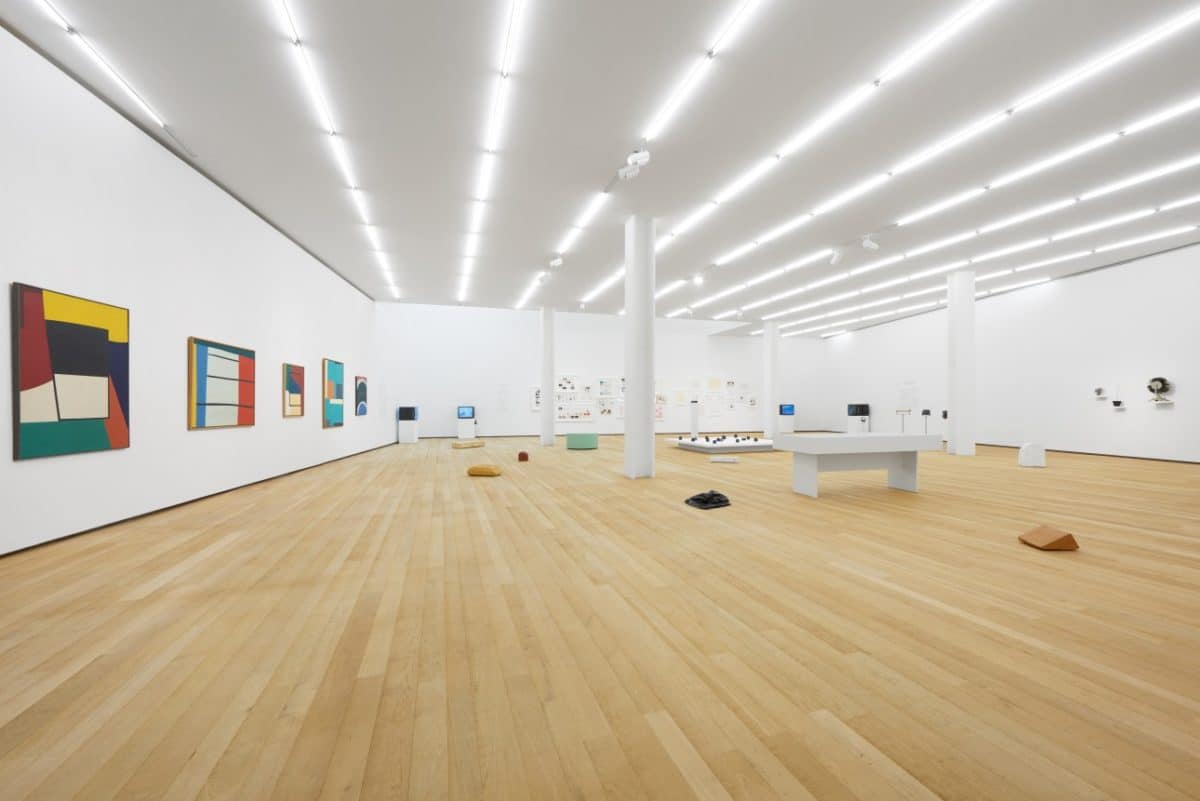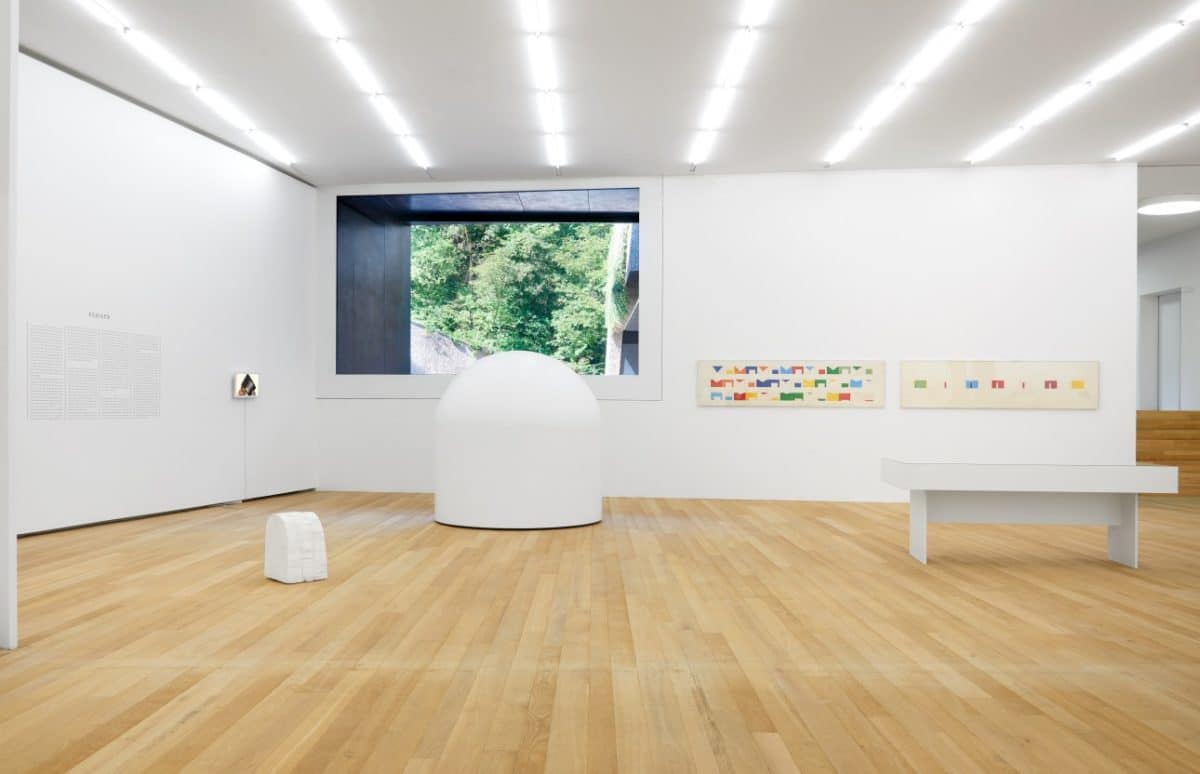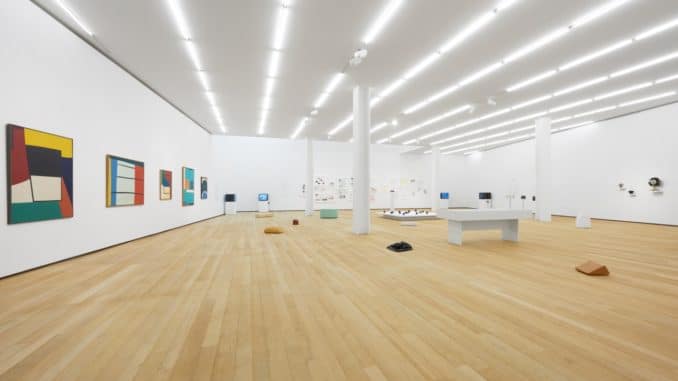
Bolzano, Fondazione Antonio Dalle Nogare | Time Out, the solo exhibition of the art of Robert Breer (Detroit, Michigan, USA, 1926 – Tucson, Arizona, USA, 2011), covers the artist’s sixty year career, bringing together, for the first time in Italy, a wide range of his paintings, experimental films and sculptures created between the early 1950s and 2011, the year in which he died.
A pioneer of animation techniques, Robert Breer was one of the founders of American avant-garde and is today considered to be one of the most innovative experimental filmmakers in history.
Throughout his artistic career, Breer eluded formal, stylistic and conceptual labels by focusing on free-ranging research, while remaining consistent by expanding his visual research well beyond traditional linguistic spheres. He also helped carry forward various experimental genres, from Abstract Painting to Structural Film, from Fluxus to Pop to Minimalism, without ever becoming definitively bound to any of these movements.
In its selection of over sixty works, the exhibition – curated by Vincenzo de Bellis and Micola Brambilla – explores the main themes that run through Robert Breer’s art, through a vast selection of works, starting from painting and then continuing through film, while also including a wide selection of drawings and sculptures. In this way, it explores the formal and conceptual approach adopted by Robert Breer for over sixty years and celebrates the heterogeneity that characterises his oeuvre. The tension that emerges between his moving and static images reveals a constant reflection on the possibility of capturing time, blurring the arbitrary line between abstract and figurative representation, movement and stasis, subject and object, with the aim of challenging the limits of perception.
The son of a Chrysler Corporation chief engineer, Breer began studying engineering, but soon changed direction to become one of the very first Fine Art students at Stanford University, California. He spent the 1950s in Paris, where he developed a visual geometry inspired by the Neo-Plasticism of Piet Mondrian (1872-1944). At the same time, however, he was profoundly innovative and increasingly interested in the idea of an “elastic space”. The paintings on display, including Time Out (1953) – from which the title of the exhibition is taken – Three Stage Elevator (1955) and Composition aux trois lignes (1950), demonstrate an interpretation of abstraction that moves away from the formal purity of Mondrian to embrace irregular elements and fluctuating lines which allude to movement.
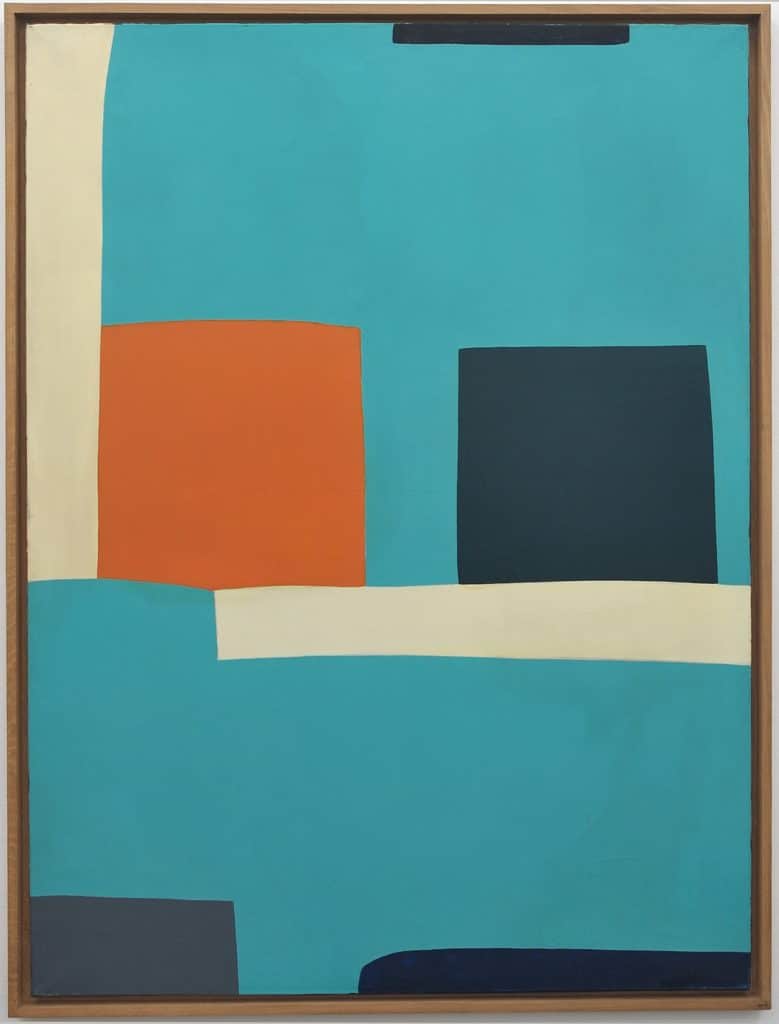
Soon after his début as a painter and right from his first film From Phases I (1952), Breer began elaborating the idea of cinema as a sequence of multiple images, all different to each other. This was a direct consequence of the idea of movement implied in his paintings. By experimenting with various techniques of animation, like his flipbooks (five examples of which are displayed in the exhibition), Breer achieved his desire to make movement physical in a way that could be experienced in real time by the viewer. In films like Recreation (1956), A Man and His Dog Out for Air (1957), 69 (1968), Fuji (1974) and Swiss Army Knife With Rats and Pigeons (1980), the viewer is bombarded by oscillations of lines, colours, letters, abstract shapes and images that leap and flash and appear and disappear, creating what Breer described as “assault and battery on the retina”.
Initially with the help of Jean Tinguely (1925 – 1991), in the 1950s Breer began creating a series of “pre-cinematic objects”. He first displayed these Mutoscopes in Paris and then in the 1960s in New York. These rudimentary cinematographic devices present a sequence of individual images positioned on a roller which, when made to turn at a certain speed, reveal to the viewer the phenomenology of movement in its origin and development.
Starting from the 1960s, Breer began producing another major body of works, entitled Floats. These are sculptures of different sizes, forms and materials, which – as indicated in the title of the series – float in space. They are three-dimensional representations of abstract and anti-narrative forms that characterise his previous pictorial, and above all cinematographic research. These simple forms – that seem to ironically allude to Minimalism – move freely in space at an almost imperceptible speed and change trajectory in the event of a collision. The surrounding environment is therefore continually changed and adapted as the shapes collide and change direction. Works like Switz (1965), Borne (1967), Porcupine (1967), Float (1970) and Tambour (1972), surround the viewer, as if they were animated presences. Gradually revealing their own movement, these pieces act on our perception of the instant and the presence of our own bodies in the surrounding physical space.
A selection of numerous drawings indicates the highly aware and meticulous research that the artist dedicated to the composition and creation of a system of associations in the phase preceding the creation of his films and sculptures. The drawings offer the viewer the chance to explore endless interactions of colour and form and to spend time observing details which in Breer’s films pass too quickly to be properly appreciated.
The many different elements of Robert Breer’s oeuvre have been brought together in this exhibition in order to celebrate the profound and complex nature of his visionary research and recount his constant investigation of the concept of time, which – as the title of the exhibition suggests – is suspended on the boundary between reality and abstraction, stasis and movement, the magic of a phenomenon and the absolute.
Fondazione Antonio Dalle Nogare (Rafensteiner Weg 19, Bolzano, Italy) | Robert Breer | TIME OUT | Curated by Vincenzo de Bellis and Micola Brambilla | Opening: 12.9.20, ore 10.30 | Exhibition: 12.9.2020 – 5.6.2021


